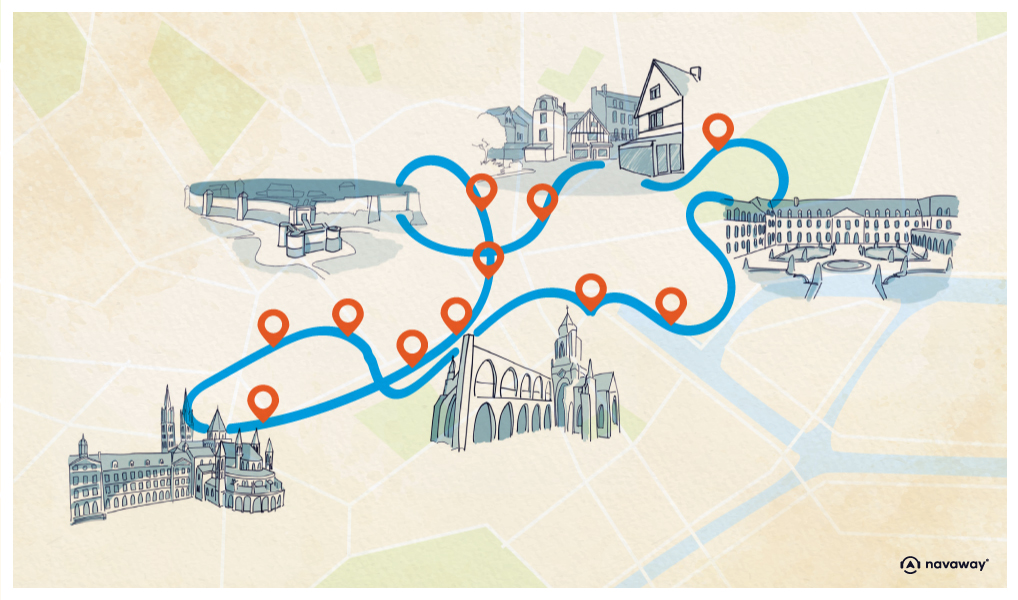
View of the marina
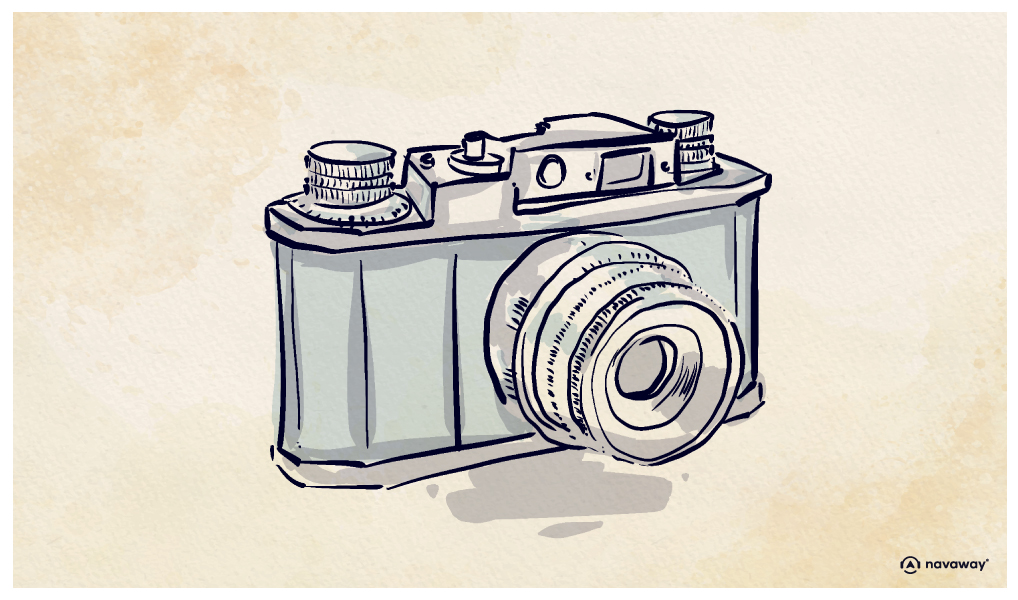
This point of interest is available as audio on the tour: Visit Caen, Home of William and Matilda
This is the Bassin Saint-Pierre, which today forms Caen’s small marina. Here, you’ll find a very special, village-like atmosphere. It’s an ideal place to stroll along the canal, on foot or by bike. If you are visiting on a Sunday morning, don’t hesitate to stop by the market. Ouistreham is Caen’s commercial port, located at the end of the Caen Canal, 20km away. If you go that far, be sure to climb to the top of the lighthouse for a 360° view of the sea, the Pointe du Siège reserve and the beautiful town of Caen. Nowadays, the place is quite different, and the canal you can see has only been there since the 19th century. In the Middle Ages the port of Caen which spread over the arms of the rivers that meandered through the town, prospered from stone trade, the presence of two abbeys and the English conquest. In the 16th century, quays began to be built to modernise the port, and in 1811 Napoleon I ordered the construction of the Bassin Saint-Pierre, linked to the sea by a canal. However, it wasn’t until the Second Empire that it was completed, and it wasn’t inaugurated until 1857. Caen’s shipbuilding and metal industry were booming at the time. The Presqu’île district became a major port, commercial and industrial zone. After World War II, Caen was still the 7th largest port in France, and goods were channelled to the canal via a network of railways connected to the railway station. By this time, the banks of River Orne were already used for recreational purposes, and the people of Caen came to stroll along the banks. The Presqu’île district has since been transformed, but still bears traces of its industrial and nautical past, with a number of companies still present on the site and the remains of the former Normandy metallurgy company. In the 2000s, new cultural facilities were built on the site, including the modern Alexis de Toqueville library and the Cargö contemporary music venue, as well as artists’ residences, the Higher School of Arts and Media, and other multi-disciplinary venues. Now declared a Project of Major Interest, the Presqu’île district has been taken over by its residents, who are moving in and bringing along the liveliness that accompanies them, including shops, cafés, restaurants, hotels and public transport. If you wish to discover this new Caen district, and thus complete your visit to the city, simply continue along the quays of La Londe on your right, as far as the Fonderie bridge, which forms the entrance to the district. Alternatively, continue towards the Abbaye aux Dames.

Si vous avez encore du temps…

Discover Caen with app
An interactive guide through the most beautiful streets, squares, and districts
22 fun audioguides full of historical facts, anecdotes, and legends
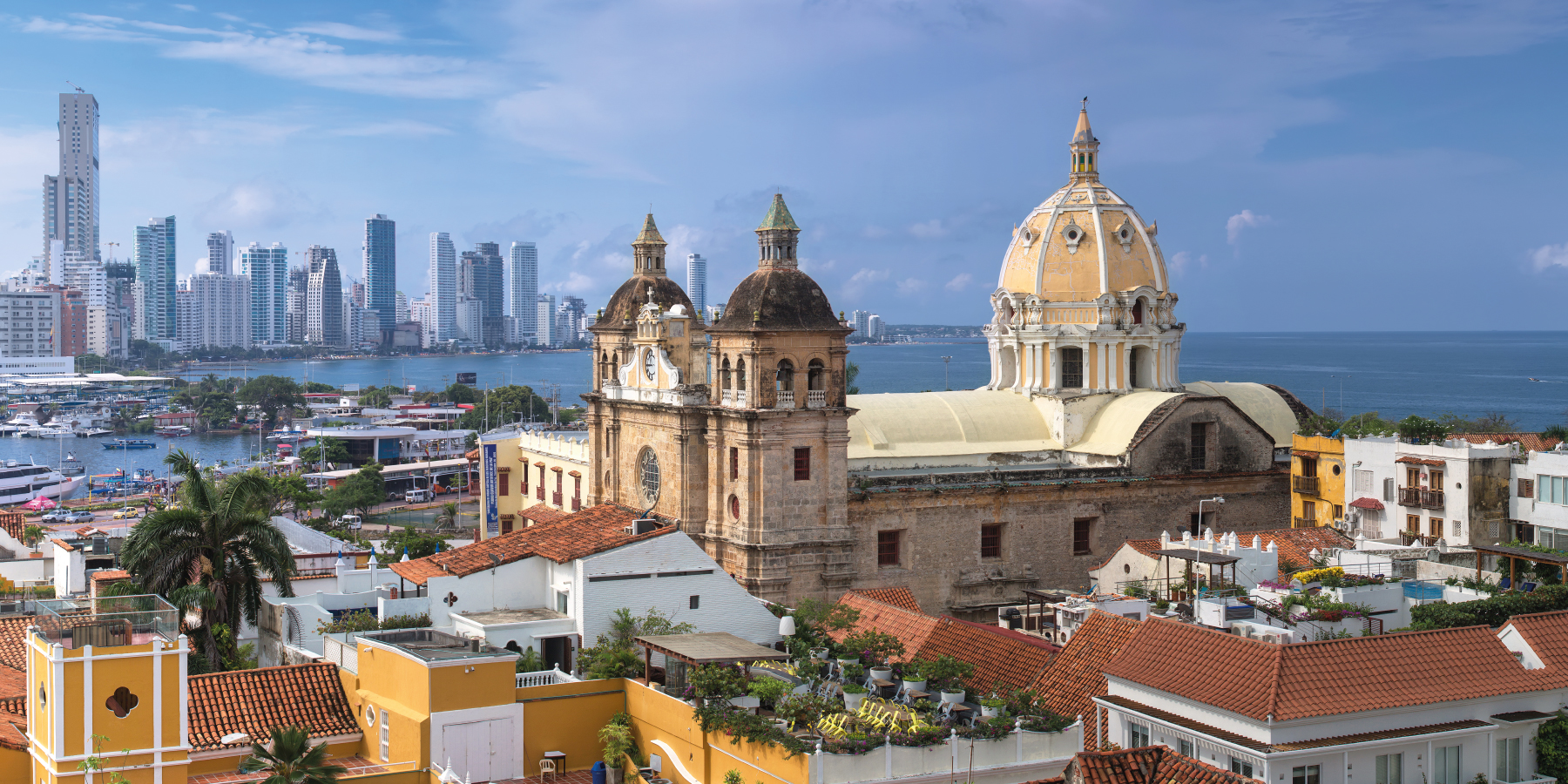
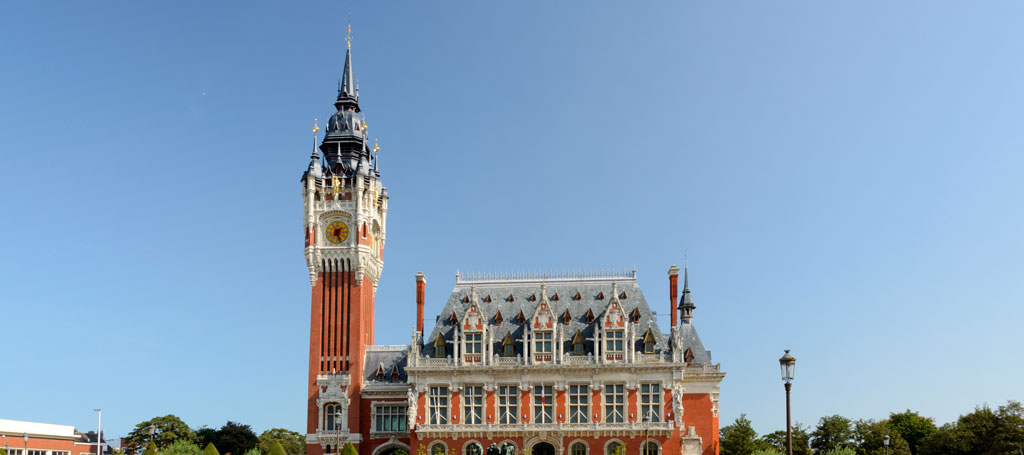
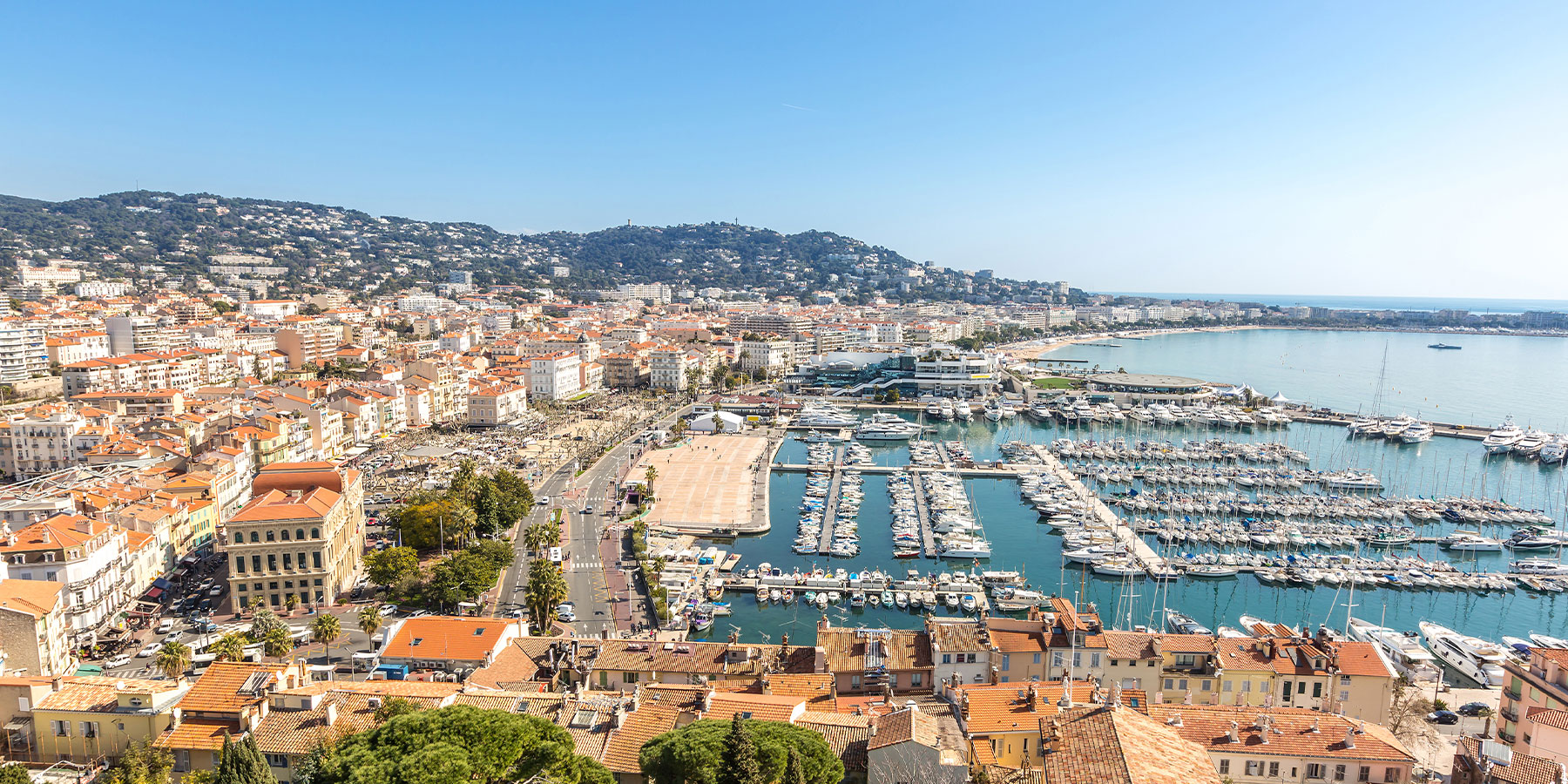


Comments